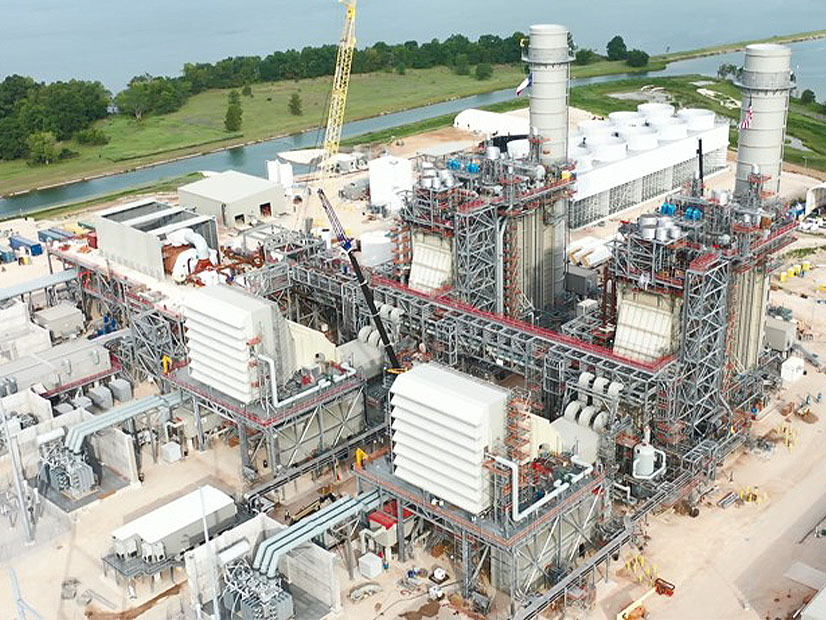
A MISO staff planning committee has determined that MISO South’s only competitive transmission project, the $130 million, 500-kV Hartburg-Sabine Junction project in East Texas, is no longer necessary.
The decision wasn’t surprising. MISO has been warning for months that its analysis indicated that the project was no longer helpful to the system. (See MISO on Verge of Cancelling Hartburg-Sabine Tx Project.)
The project’s cancellation comes as the 5th U.S. Circuit Court of Appeals Tuesday ruled that Texas’ right-of-first-refusal (ROFR) law violates the U.S. Constitution’s dormant Commerce Clause. (See 5th Circuit Finds in Favor of NextEra’s ROFR Appeal.)
Brian Pedersen, senior manager of competitive transmission administration, said the RTO is evaluating the opinion for possible impacts to Hartburg-Sabine. However, “the opinion and order does not change the planning analysis,” he told stakeholders Wednesday during a Planning Advisory Committee meeting.
Pedersen added that MISO isn’t planning to conduct any more economic or reliability analyses on the project. He said studies have already shown the project has “near-zero” production cost benefits and did not uncover any transmission system issues without the line.
The grid operator said the project’s benefits dissolved because of recent Entergy generation additions near the line’s route. The utility brought the 993-MW Montgomery County Power Station online in 2021, and it intends to construct the 1.2-GW natural gas- and hydrogen-powered Orange County Advanced Power Station by 2026.
MISO approved the market efficiency project as part of its 2017 Transmission Expansion Plan, based on expectations it would alleviate congestion, ease import limitations and allow access to lower cost generation for customers in the chronically congested West of the Atchafalaya Basin and western load pockets in Entergy’s MISO South footprint.
“It’s been a little over four and a half years since the project was approved,” Pedersen reminded stakeholders.
In 2018, MISO selected NextEra Energy Transmission Midwest’s bid for a new 23-mile, 500-kV transmission line, four short 230-kV lines and a new 500-kV substation. NextEra’s proposal beat 11 other competitors. (See NextEra Wins Bid to Build MISO’s 2nd Competitive Project.)
However, Texas later passed a law in 2019 giving incumbent utilities ROFRs for any projects built in the state. With NextEra unable to secure permitting for construction and the 2023 in-service date approaching, MISO this year initiated its variance analysis, a process used to reanalyze projects that experience material changes. Following the analysis, the RTO had two choices: cancel the project or reassign it to a new developer.
“MISO always has deference to states’ rights in these types of matters,” director Mark Johnson explained in 2019.
MISO’s bid selection report is now considered moot. The grid operator now plans to file with FERC in the fourth quarter to terminate its selected-developer agreement with NextEra.
